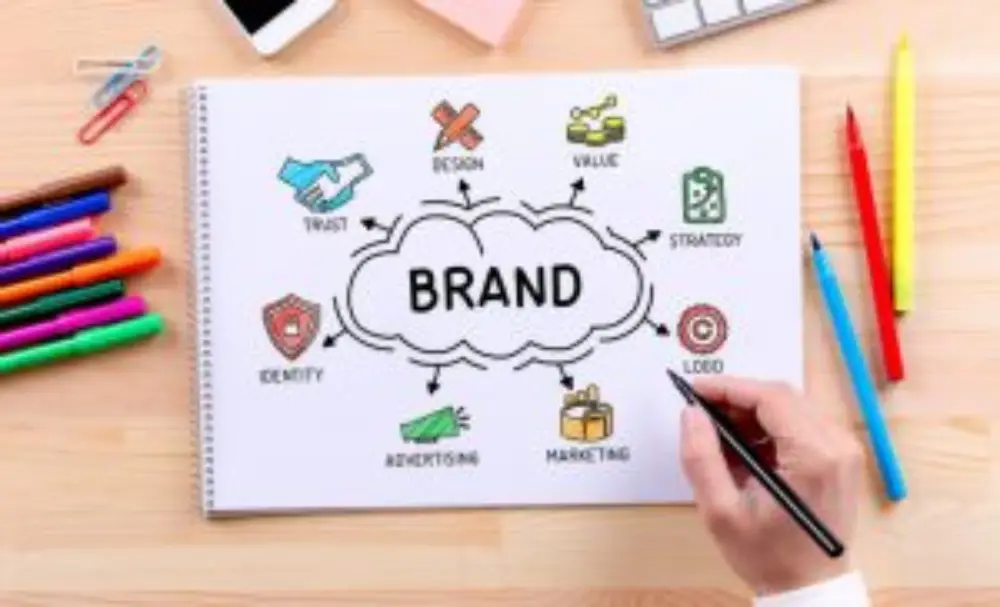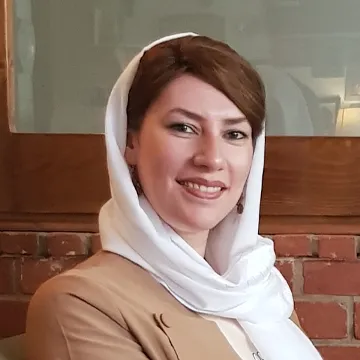
Branding | 11 Common Mistakes You Must Avoid When Building Your Online Brand
These days, a business’ online presence is as important — if not more — than its presence on the street. So why would you compromise

The following excerpt is from Karen Tiber Leland’s new book The Brand Mapping Strategy. The Continuous Brand Improvement (CBI) Process is a simple methodology that any committed company can follow to improve the brand-centric nature of their business and come into functional alignment with their brand promise. The six steps are:
1٫ Capture all the problems, issues and concerns.
2٫ Choose the right problem from the pool of ideas.
3٫ Select a CBI group facilitator.
4٫ Bring the CBI group together.
5٫ Implement the solution.
6٫ Start all over again.
Step 1: Capture all the problems, issues and concerns
One of the most challenging parts of the Continuous Brand Improvement Process is determining which issues, problems and concerns should be put on the table, and when.
To start, you need a way to capture the majority of issues (big and small) from throughout your organization. The simplest way to do this is to put out a call far and wide for members of your company to propose problems that need solving using a confidential online form. The problems, once received, should be assigned to one of the following five categories of alignment between the brand and the everyday way the organization behaves and functions:
:: Customer experience
:: Management commitment
:: Employee engagement
:: Processes, procedures, systems and standards
:: Organizational infrastructure
Step 2: Choose the right problem from the pool of ideas
Management usually makes the final determination as to which specific problem a particular CBI group will take on. However, it’s worth creating a selection committee to assess the ideas and recommend the problems they feel represent the biggest disconnects in the brand promise.
One suggestion: Start small and work your way up. You want the first problems you choose to be relatively easy ones. Coming out of the gate with a win builds momentum and will set you up to solve more difficult and potentially more contentious problems in the future.
Step 3: Select a CBI group facilitator
After a problem is chosen, and before an official CBI group is gathered, an in-house facilitator is selected. Their job will be to guide the group through the problem-solving process, encourage participation from all group members and bring in outside resources to provide insight into the problem. It is not their job to proffer their own personal opinions about the problem’s causes or solutions. For this reason, it’s not necessary for the facilitator to have a hands-on relationship with the problem. I frequently train people within organizations who have no relationship at all to the problem their group is solving to be CBI group facilitators. There are, however, some qualities I’ve observed that do make for an effective facilitator:
:: Being well-respected by their peers, staff and manager
:: Being open to receiving feedback from others as to what is working and not working
:: Having strong interpersonal communication skills
:: Being able to put their own point of view about the problem aside
:: Being trained in the problem-solving methods the company has decided to use
Step 4: Bring the CBI group together
Although CBI group members may come from different departments or parts of the organization, those who participate should have a hands-on relationship with the specific problem they’re going to solve. With the facilitator’s objective guidance, the group brainstorms and evaluates the root causes of the problem and identifies, researches and recommends implementable solutions. Each group usually has between six and 10 members who come together for about six to eight weeks and disband when a solution has been reached and presented to management.
Step 5: Implement the solution
The CBI group is primarily responsible for coming up with a solution that can be implemented within the organization. Part of the formal problem-solving process involves determining the following:
:: Who will be impacted by this solution?
:: What is the relative ease of implementing the solution?
:: Is it cost prohibitive?
:: Will this solution create another problem?
:: Does it conflict with another solution we have in place already?
Because this process is so thorough, it’s unusual for the group’s proposed solution not to be accepted. As for who is responsible for implementation, that varies depending on the nature of the solution and the company. In some cases, the CBI group continues on with the implementation, but in most cases, it’s assigned to a third party, who’s responsible for seeing the solution through to fruition.
Step 6: Start All Over Again
Kaizen is the Japanese term for continuous improvement, and it’s essentially defined as “an ongoing effort to improve products, services or processes. These efforts can seek ‘incremental’ improvement over time or ‘breakthrough’ improvement all at once.”
As the name implies, the nature of the Continuous Brand Improvement Process is ongoing. If you continue along this path, you’ll reach a point when you will have solved many of the core issues facing your company. That said, it’s the nature of work that problems will always bubble to the surface that need to be addressed. The process of aligning your brand promise with the way your organization functions is, in many ways, never ending. By putting the Continuous Brand Improvement Process in place, you ensure that you are creating a brand-centric organization — now and in the future.

These days, a business’ online presence is as important — if not more — than its presence on the street. So why would you compromise

Where do you start if you want to develop a digital marketing strategy? Well, I don’t think it needs to be a huge report, a

As any savvy networking marketing/direct sales gal knows, some of the most skilled and motivated people you can recruit into your team are business professionals
Follow The Tutorials and Key Tips.

If you need complete research and analysis of complex statistics…
Follow News and Group Discounts.
Follow Trainings and Group Discounts
Forward-looking entrepreneurs and innovative businesses benefit from the latest knowledge and the bitter-and-sweet experiences of others for their growth.
We at “Succourad” after years of experience and providing various services at National, Regional, and International levels, relying on the latest knowledge and with the support of our experienced members, we are with you from the beginning to the end of setting up your business and its development at the worldwide level.
Until now, we have tried to provide all the services you need (Training, Coaching، Consulting، Mentoring, Translating، Acceleration, Digital Marketing، Hosting, Content Creation, Web-Design, SEO , etc.) 24 hours a day as soon as possible with highest level of quality & lowest cost .
Copyright ©2014 – All rights reserved “Dr. Ali Ghavami“.